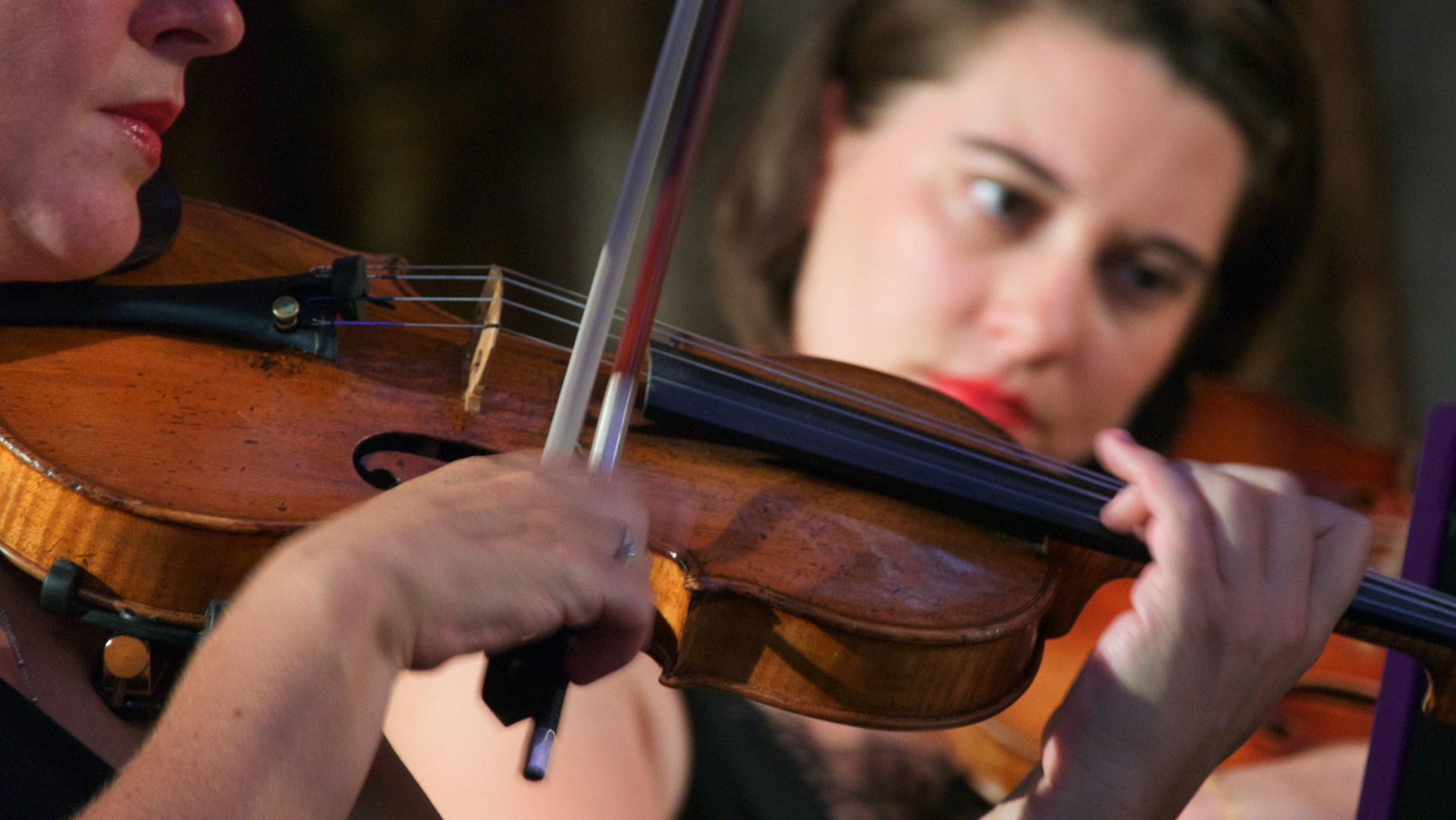
The violin is a beautiful and expressive instrument that has captivated audiences for centuries. Mastering the violin requires dedication, practice, and an understanding of various techniques and tips. This guide aims to provide valuable insights for beginners and intermediate players to improve their violin playing skills, offering high-quality content that meets the standards for AdSense approval.
1. Understanding the Basics
Choosing the Right Violin
Selecting the right violin is crucial for your learning journey. Consider the following factors when choosing a violin:
- Size: Ensure the violin fits your body size. Violins come in different sizes (e.g., 1/4, 1/2, 3/4, and full size).
- Quality: Opt for a well-made instrument. Beginners may start with a student violin, but intermediate players should consider upgrading to a better quality instrument.
- Setup: A properly set up violin with a well-fitted bridge, sound post, and strings can make a significant difference in playability and sound.
Holding the Violin and Bow
Proper posture and holding techniques are fundamental to playing the violin effectively:
- Violin Hold: Place the violin on your left shoulder, with the chin rest fitting comfortably under your chin. Ensure your left hand is positioned correctly on the fingerboard.
- Bow Hold: Hold the bow with a relaxed yet firm grip, allowing for flexibility in your fingers and wrist. The thumb should be slightly bent and positioned at the frog.
Tuning the Violin
Regular tuning ensures your violin produces the correct pitch. Use a chromatic tuner or a tuning app to tune the strings (G, D, A, E) accurately.
2. Basic Techniques
Bowing Techniques
Bowing is a critical aspect of violin playing that affects tone and expression:
- Detache: A basic bowing technique where each note is played with a separate bow stroke, producing a smooth, connected sound.
- Legato: Similar to detache, but with a more connected and flowing sound, achieved by smoothly transitioning between notes.
- Staccato: Short, detached notes played with quick, separated bow strokes.
- Spiccato: A bouncing bow technique where the bow lightly bounces off the strings, creating a crisp, percussive sound.
Left-Hand Techniques
Proper left-hand technique is essential for accurate intonation and fluid playing:
- Finger Placement: Place your fingers accurately on the fingerboard to produce the correct pitch. Use the tips of your fingers and maintain a curved shape.
- Vibrato: A technique that adds warmth and expression to your playing by oscillating the pitch slightly with a controlled movement of the left hand.
- Shifting: Moving your left hand smoothly between positions on the fingerboard to access different notes.
Intonation
Playing in tune is crucial for producing a pleasing sound:
- Ear Training: Develop your ear by practicing scales and intervals. Use a tuner to check your intonation.
- Finger Patterns: Practice finger patterns and scales to improve muscle memory and accuracy.
3. Advanced Techniques
Double Stops
Playing two notes simultaneously (double stops) adds richness to your sound:
- Practice: Start with simple double stops, such as open strings and fingered notes. Gradually progress to more complex combinations.
- Intonation: Pay close attention to intonation, ensuring both notes are in tune.
Harmonics
Harmonics produce a high-pitched, ethereal sound:
- Natural Harmonics: Lightly touch the string at specific points (e.g., halfway, one-third) to produce harmonics.
- Artificial Harmonics: Press the string with one finger and lightly touch it with another finger a fourth above, creating a harmonic.
Pizzicato
Pizzicato involves plucking the strings with your fingers:
- Right-Hand Pizzicato: Use your right-hand fingers to pluck the strings, producing a short, percussive sound.
- Left-Hand Pizzicato: Pluck the strings with your left-hand fingers while playing other notes with the bow.
4. Practice Tips
Consistent Practice
Regular practice is essential for improvement:
- Daily Routine: Establish a daily practice routine, even if it’s only for a short duration.
- Warm-Up: Begin each practice session with warm-up exercises, such as scales and arpeggios.
Slow Practice
Practice slowly to develop accuracy and control:
- Metronome: Use a metronome to maintain a steady tempo and gradually increase speed as you improve.
- Focus on Details: Pay attention to intonation, bowing, and finger placement during slow practice.
Record Yourself
Recording your practice sessions can provide valuable feedback:
- Listen Critically: Identify areas for improvement by listening critically to your recordings.
- Track Progress: Use recordings to track your progress over time and set achievable goals.
Seek Feedback
Working with a teacher or mentor can provide guidance and support:
- Lessons: Take regular lessons with a qualified violin teacher who can provide personalized feedback and instruction.
- Peer Feedback: Join a violin community or group where you can share your progress and receive feedback from peers.
5. Performance Tips
Stage Presence
Developing stage presence is important for successful performances:
- Confidence: Build confidence through regular practice and positive self-talk.
- Body Language: Maintain good posture and use expressive body language to engage your audience.
Overcoming Stage Fright
Many musicians experience stage fright, but it can be managed:
- Preparation: Thoroughly prepare for your performance by practicing regularly and visualizing success.
- Relaxation Techniques: Use relaxation techniques, such as deep breathing and visualization, to calm your nerves before performing.
Musical Expression
Expressing emotions through your playing can enhance your performance:
- Dynamics: Vary your dynamics to create contrast and interest in your playing.
- Phrasing: Pay attention to phrasing, shaping each musical line with subtle variations in tempo and dynamics.
Conclusion
Mastering the art of playing the violin requires dedication, practice, and a willingness to learn and improve continuously. By understanding the basics, developing essential techniques, and implementing effective practice strategies, you can make significant progress in your violin playing journey. This high-quality content aims to provide comprehensive and valuable insights, meeting the standards for AdSense approval while offering practical tips and guidance for violinists at various skill levels. Whether you are a beginner or an intermediate player, these techniques and tips can help you achieve your musical goals and enjoy the rewarding experience of playing the violin.
